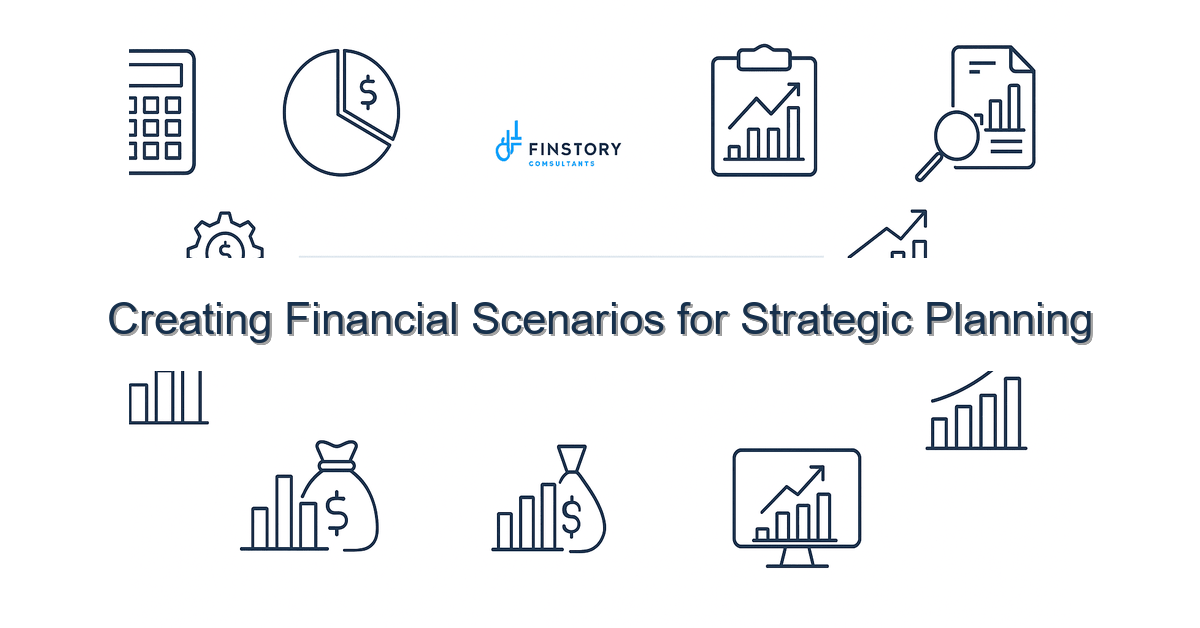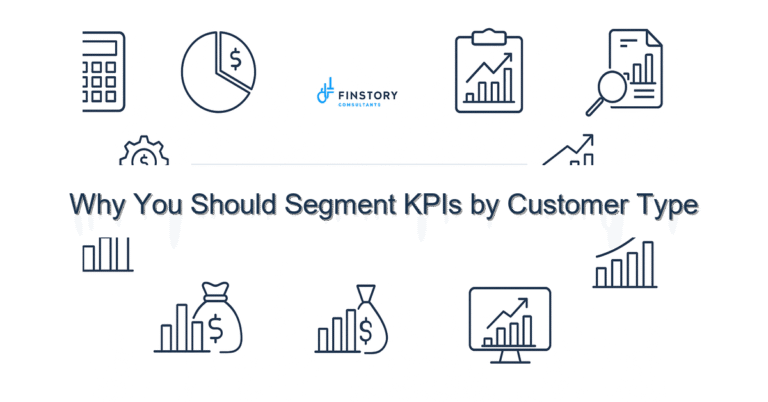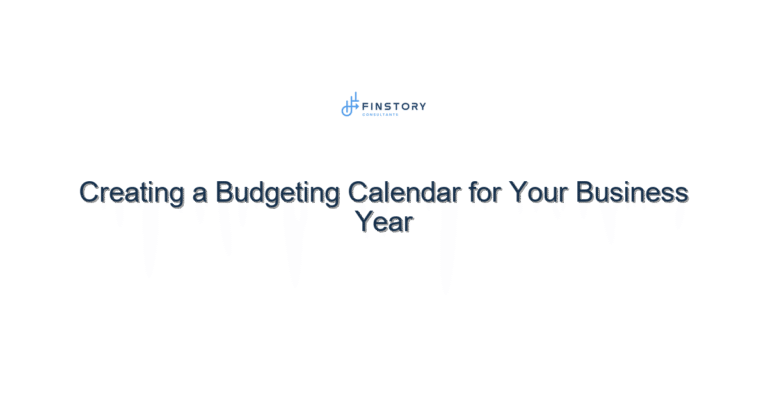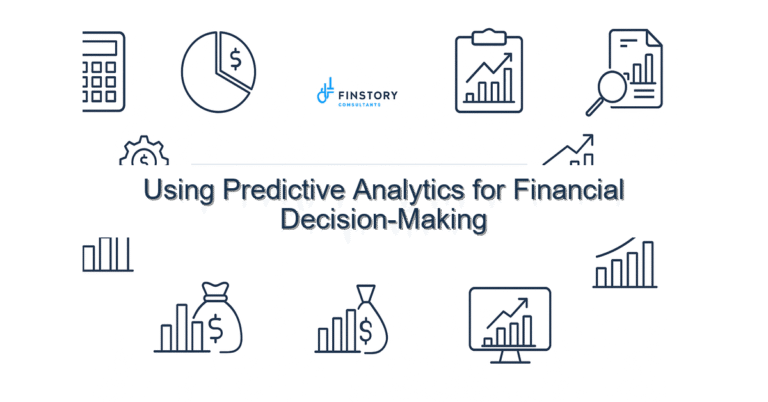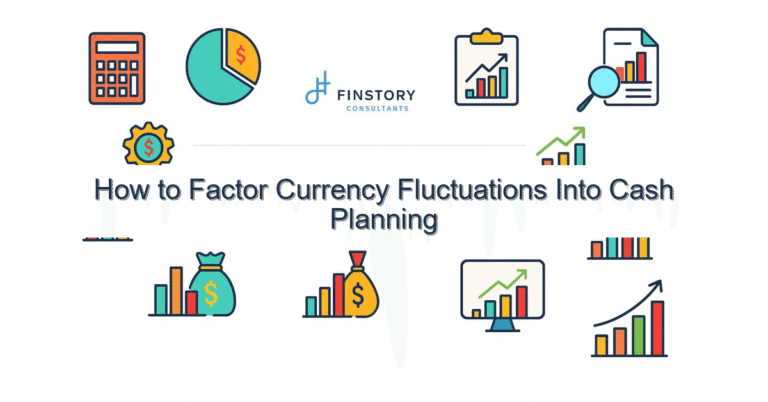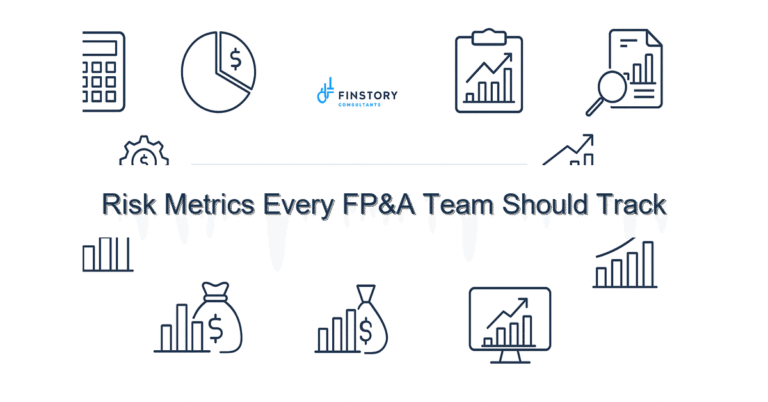Creating Financial Scenarios for Strategic Planning
You’re juggling margins, patient volumes, regulatory changes, and a leadership team that wants a clear answer yesterday. It’s exhausting — and trying to plan without credible scenarios makes every decision feel like a guess.
Summary: Get a repeatable approach to financial scenario planning that turns uncertainty into options. You’ll walk away with a framework to model downside risk, test operational levers, and produce leadership-ready scenarios faster.
What’s the real problem? — Financial scenario planning in healthcare
Hospitals and health systems face more volatility than ever: payer shifts, staffing shortages, elective procedure rebounds, and rising supply costs. Many planning processes still assume a single “best guess” and then get surprised when reality diverges.
- Symptom: Budget cycles take months, yet the plan goes out of date within weeks.
- Symptom: Finance teams hand executives one number and can’t show credible alternatives.
- Symptom: Decisions rely on gut or anecdote because operational leaders don’t trust the model.
- Symptom: Cash and capital requests are defended without scenario-based ROI assessments.
What leaders get wrong
Leaders often mean well but build brittle plans. Common missteps include:
- Treating planning as an annual deliverable instead of a continuous capability. Forecasts are static; the world isn’t.
- Overloading the model with detail that makes it slow and unusable. Complexity doesn’t equal insight.
- Failing to tie clinical and operational drivers to financial outcomes — revenue and cost drivers live in separate documents.
- Presenting a single “approved” plan to the board rather than a set of scenarios with clear triggers and actions.
A better approach
Think of financial scenario planning as a decision tool: build scenarios that answer specific leadership questions and make trade-offs visible. Here’s a compact framework you can start with.
- Define the decisions. What choices will leaders make if volumes drop 10%? Do you delay hires, pull capital, or use reserves?
- Identify 8–12 key drivers. Examples: outpatient visits, length of stay, case-mix index, agency nursing hours, supply inflation, and payer mix.
- Build a driver-based model. Link operational levers to financial outcomes so the model updates when operations change.
- Create 3–4 scenarios. Typical set: Base, Upside (recovery), Downside (recession), and Stress (sustained disruption).
- Embed decision triggers. Define clear thresholds (e.g., cash below X days) and pre-agreed actions for each scenario.
Real-world snapshot: a mid-sized health system we worked with consolidated departmental drivers into a single driver-based file and reduced forecast cycle time from eight weeks to three. Forecast accuracy on elective-revenue improved about 15% in the first year because leaders could test “what-if” recovery curves.
Quick implementation checklist
- Pick the top 10 drivers that explain most revenue and cost variation.
- Map sources: EHR volumes, payroll system, procurement spend, and insurance remittance logs.
- Create a compact driver-based model in Excel or your FP&A tool; avoid unnecessary tabs.
- Run three scenarios (Base, Downside, Upside) and present P&L, cash, and key ratios for each.
- Set thresholds for cash days, operating margin, and FTE per adjusted admission that trigger actions.
- Standardize one slide for leadership: assumptions, charted scenarios, recommended action.
- Automate data pulls for the top 5 inputs so updates take minutes, not days.
- Schedule monthly scenario reviews with ops, clinical leaders, and treasury.
What success looks like
Here are measurable outcomes to track as you operationalize financial scenario planning for healthcare:
- Forecast accuracy improvement: 10–20% lift on key revenue drivers within 6–12 months.
- Planning cycle time: reduce from multiple weeks to 1–3 days for scenario refreshes.
- Variance to plan: shrink budget variance on controllable costs to <3–5% quarterly.
- Cash visibility: maintain a rolling 12-month cash runway with scenario-tested action plans.
- Decision speed: enable leadership to choose a pre-approved action within 48 hours of a trigger.
Risks & how to manage them
Top risks when adopting scenario-based planning — and practical mitigations:
- Risk: Model becomes the only source of truth and is treated as perfect. Mitigation: document assumptions and confidence intervals; review assumptions monthly.
- Risk: Too much detail slows updates. Mitigation: prioritize drivers that explain 80% of variance; keep the rest as contingencies.
- Risk: Stakeholder resistance (clinicians, ops). Mitigation: co-create assumptions with operational leaders and show how scenarios support patient care decisions.
Tools & data
Use automation and visualization to make scenario work repeatable and persuasive. Key elements:
- Finance automation for recurring data pulls (payroll, AR/AP, revenue ledger).
- Driver-based models in your FP&A platform or a well-structured Excel workbook for rapid iteration.
- Power BI or similar for leadership reporting — present scenario bands, not just lines.
- Integrate with leadership reporting so the board sees scenario outcomes alongside quality and capacity metrics.
For more on rolling forecasts and continuous planning, see our guides on rolling forecasting and driver-based modeling. If you’re evaluating a program, our financial planning services can help accelerate implementation.
FAQs
Q: How many scenarios should we build?
A: Start with three: Base, Downside, Upside. Add a stress case for specific risks (e.g., workforce disruption) if needed.
Q: How detailed should our model be?
A: Keep it as simple as possible while capturing the top drivers. Complexity that doesn’t change decisions is a time sink.
Q: How often should scenarios be refreshed?
A: Monthly for most health systems, weekly for high-volatility periods (e.g., a pandemic wave or major payer change).
Q: Who should own scenario planning?
A: Finance should lead execution, but co-ownership with operations and clinical leadership ensures assumptions are trusted and actionable.
Next steps
If you’re ready to move from reactive to scenario-driven planning, start with one decision you want to make better in the next 90 days — staffing, capital, or cash preservation — and build a simple three-scenario model around it. Need help? Contact Finstory for hands-on support with financial scenario planning for healthcare, model design, and dashboarding.
Work with Finstory. If you want this done right—tailored to your operations—we’ll map the process, stand up the dashboards, and train your team. Let’s talk about your goals.
📞 Ready to take the next step?
Book a 20-min call with our experts and see how we can help your team move faster.
Prefer email or phone? Write to info@finstory.net
or call +91 44-45811170.
